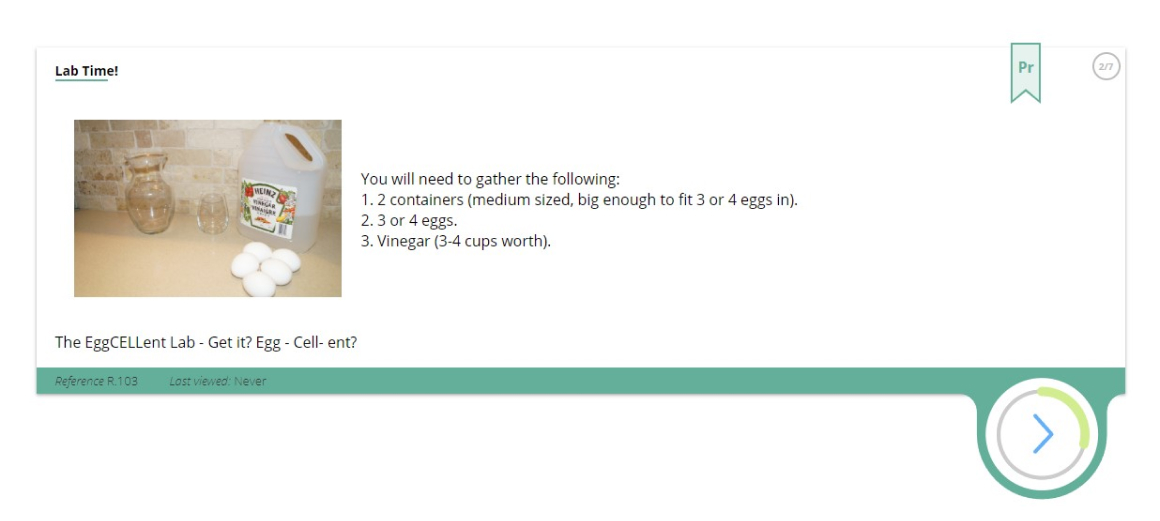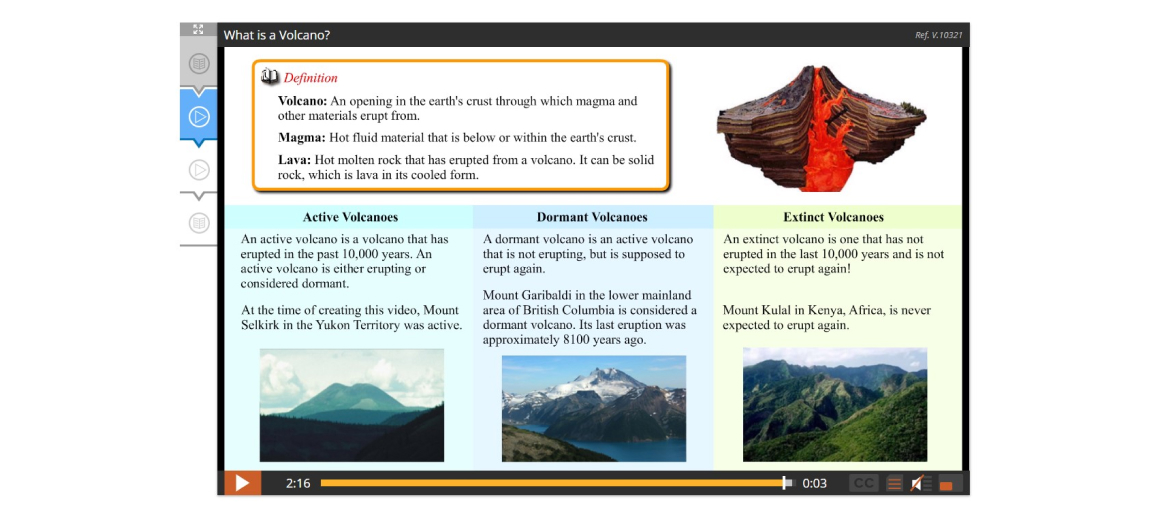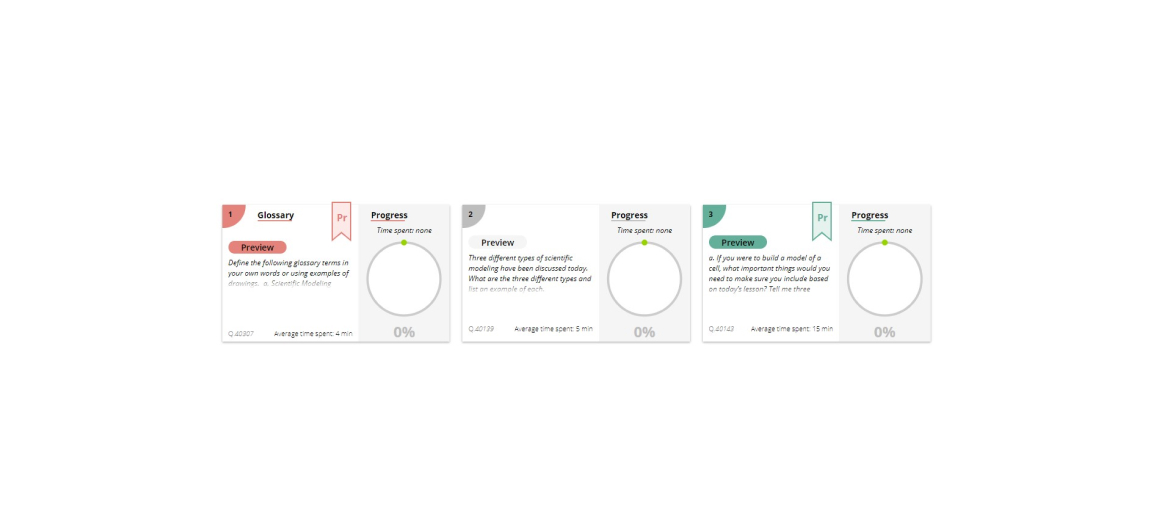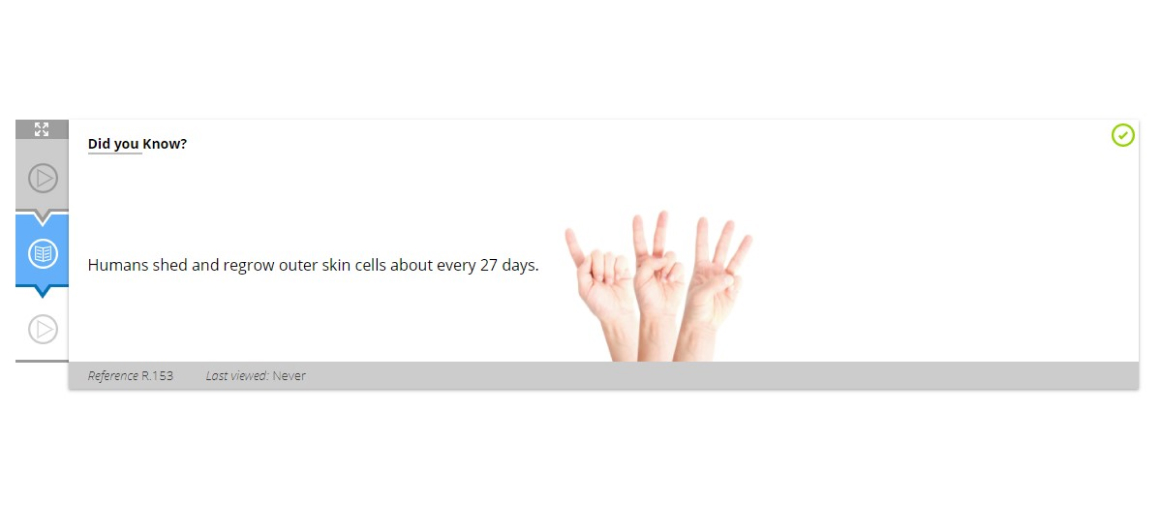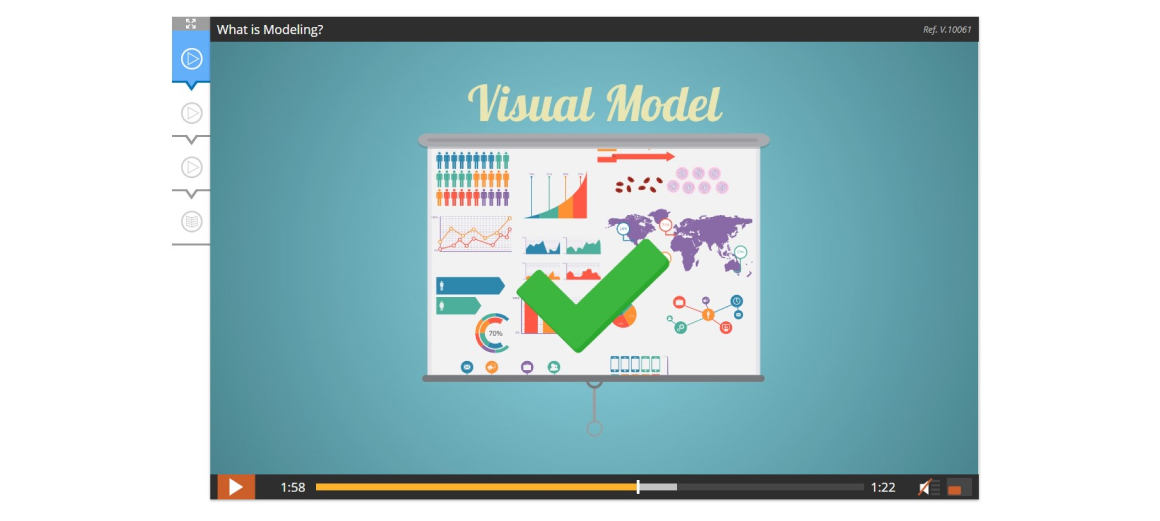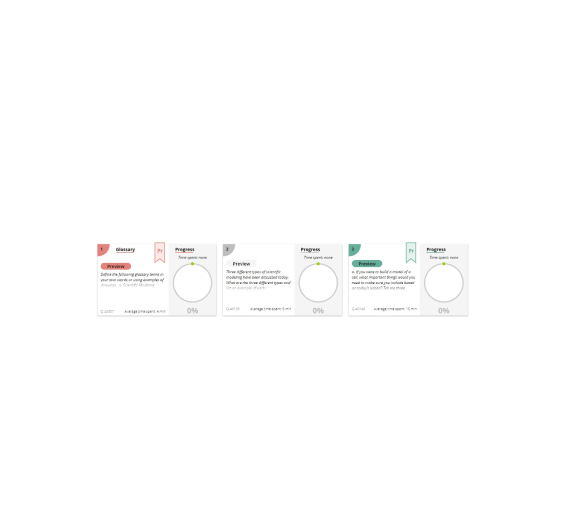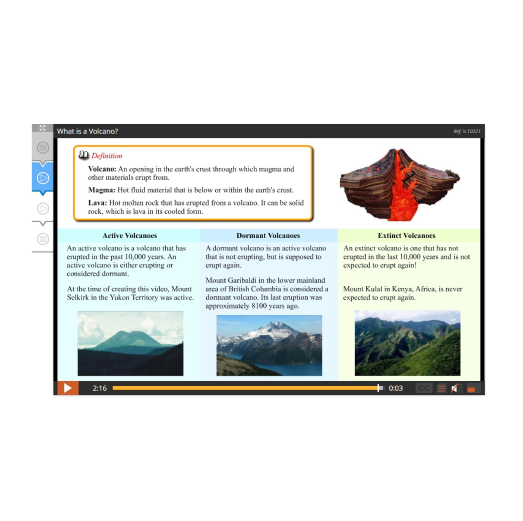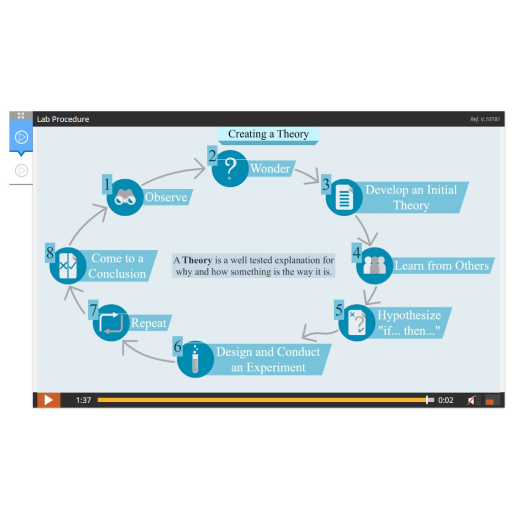Science 8
Earth Science: The Prime Minister is calling, he needs to give a speech at an Environmental Conference on when and where earthquakes will occur and doesn’t know a thing about earthquakes and the potential damage they can create! Your mission is to craft a speech for him, after researching where earthquakes are found within North America and how to prepare in the event of an earthquake. You’ll read testimonies of experiences, investigate maps and craft his response to the nation.
Biology: The cell is the smallest building block of life. How does the cell relate to us as humans? And what types of cells do we come into contact with? After learning about the two most common types of cells, the prokaryotic and eukaryotic cell, students will get to create a scientific model that helps them represent the cell of their choosing. Then they will take what they’ve learned about cells and move into a study of viruses and bacteria while applying the basic knowledge of cells in an extremely real world application.
Chemistry: A new art gallery is going up in your town, and as a local artist you’ve been selected to present your artwork in an entire section of the gallery. The art you’ve chosen to display depicts a timeline of how the understanding of Chemistry has changed over time. Your art pieces are dynamic, consisting of different types of models, paints, digital pieces and hand drawn pieces, all created to show different theories (Kinetic Molecular Theory and the Atomic Theory) as well as models (Bohr) in Chemistry.
Physics: Have you ever wanted to become a photographer? Taking stunning images of scenery, babies or even weddings! Well now’s your chance. In this module, you get to create your own Pinhole Camera after learning how different lenses and mirrors work and how in combination with light, images are created.
Table of Contents
Lesson 2: The Cell
Lesson 3: Scientific Modeling
Lesson 4: Cell Theory
Lesson 5: Prokaryotic and Eukaryotic Cells
Lesson 6: Animal Cells
Lesson 7: Plant Cells
Lesson 8: Cellular Respiration
Lesson 9: Photosynthesis
Lesson 10: Diffusion and Osmosis
Lesson 11: Cell Project 1
Lesson 12: Cell Project 2
Lesson 13: Micro-Organisms
Lesson 14: The Immune System
Lesson 15: Your Defence
Lesson 16: Viruses and Bacteria
Lesson 17: Vaccines
Lesson 18: Antibiotics
Lesson 19: Epidemics and Pandemics
Project: Cell Model
Project: Glossary
Lesson 2: Piecing the Puzzle
Lesson 3: The Ocean Floor
Lesson 4: Introduction to Tectonic Plates
Lesson 5: Divergent Boundaries
Lesson 6: Convergent Boundaries
Lesson 7: Transform Fault Boundaries and the Movement of Plates
Lesson 8: Earthquakes – The Effects
Lesson 9: Earthquakes at the Three Different Types of Boundaries
Lesson 10: Plotting Earthquake Data
Lesson 11: Earthquakes – Seismic Waves and Aftershocks
Lesson 12: Tsunamis
Lesson 13: Volcanoes – The Effects
Lesson 14: Volcanoes at Divergent and Convergent Boundaries
Lesson 15: Major Canadian Geological Events
Lesson 16: What About British Columbia?
Lesson 17: First Peoples and the Earth
Lesson 18: Recent Events
Lesson 19: How to Be Prepared
Lesson 20: The Prime Minister’s Speech
Project: Plates and Quakes
Lesson 2: Matter, Atoms and Democritus
Lesson 3: Art Gallery: Democritus
Lesson 4: Investigation Design
Lesson 5: John Dalton
Lesson 6: Art Gallery: Dalton
Lesson 7: Chemical Phases
Lesson 8: Kinetic Molecular Theory (KMT)
Lesson 9: Investigation
Lesson 10: J.J. Thomson
Lesson 11: Art Gallery: J.J. Thompson
Lesson 12: Rutherford
Lesson 13: Art Gallery: Bohr
Lesson 14: Ions and Isotopes
Lesson 15: Writing in Science
Lesson 16: Einstein
Lesson 17: Investigation Analysis
Lesson 18: Schrödinger and Heisenberg
Lesson 19: Final Presentation
Project: Art Gallery Project
Project: Reflection Journal
Lesson 2: Electromagnetic Spectrum: Visible Light
Lesson 3: Electromagnetic Spectrum: Non-Visible Light
Lesson 4: Light Travels in a Straight Line
Lesson 5: Light can be …
Lesson 6: Getting in Light’s Way
Lesson 7: Plane Mirrors
Lesson 8: Concave Mirrors
Lesson 9: Convex Mirrors
Lesson 10: Mirror Lab
Lesson 11: Prisms
Lesson 12: Convex Lenses
Lesson 13: Concave Lenses
Lesson 14: Lenses Lab Activity
Lesson 15: Human Vision
Lesson 16: Optical Devices
Lesson 17: Unit Project
Lesson 18: Build and Test Your Camera
Lesson 19: Analyze Your Images
Experience a lesson as your students would
Course Features
- Fun opportunities to role play as an advisor to the Prime Minister on Earthquakes
- Students will learn about viruses, vaccines, epidemics and pandemics
- Hands-on learning – by building their own camera, students will learn how cameras work
